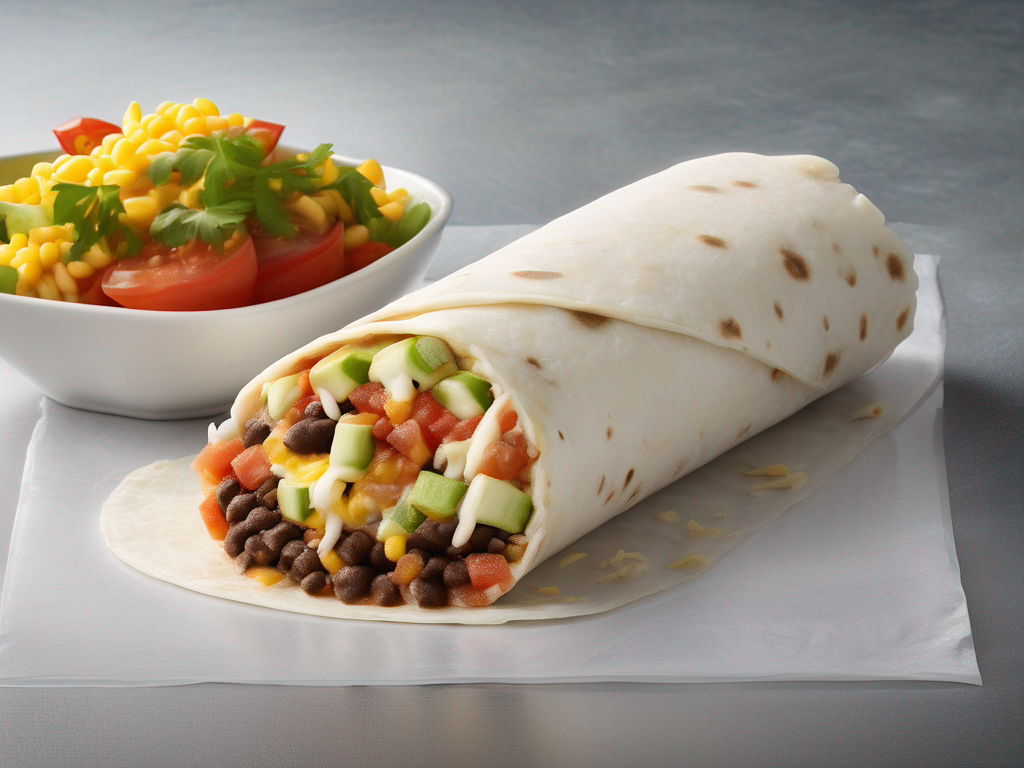
The Ultimate Guide to Properly Storing Frozen Burritos
Get Your Free Food Safety Cheat Sheet
30 most common foods with instant answers. Print it and stick it on your fridge—completely free!
The Ultimate Guide to Properly Storing Frozen Burritos
In recent years, frozen burritos have become a popular choice for quick and convenient meals. Whether you buy them from the store or make them at home, properly storing frozen burritos is essential to maintain their quality and safety. In this guide, we will explore the best practices for storing frozen burritos to extend their shelf life and ensure they remain delicious when you're ready to enjoy them. (Frozen burrito)
Why Proper Storage Matters for Frozen Burritos
Properly storing frozen burritos is crucial for several reasons:
- Maintaining Quality: Storing frozen burritos correctly helps preserve their texture, flavor, and overall quality.
- Preventing Foodborne Illness: Incorrect storage can lead to bacteria growth, which may cause foodborne illnesses when the burritos are consumed.
- Minimizing Freezer Burn: Proper storage techniques can help prevent freezer burn, which can negatively impact the taste and texture of the burritos.
Tips for Storing Frozen Burritos
1. Packaging
- Original Packaging: If you purchase frozen burritos from the store, keep them in their original packaging if possible.
- Airtight Containers: If you make your own frozen burritos, store them in airtight containers or freezer bags to prevent freezer burn.
2. Temperature
- Freezer Temperature: Ensure your freezer maintains a temperature of 0°F (-18°C) or lower for optimal storage conditions.
- Avoid Temperature Fluctuations: Minimize temperature fluctuations by not overloading the freezer and keeping the freezer door closed as much as possible.
3. Placement
- Proper Arrangement: Arrange the frozen burritos in a single layer to allow for even freezing and easier stacking.
- Location in the Freezer: Store the burritos away from the freezer door to avoid temperature fluctuations.
4. Labeling and Rotation
- Labeling: Clearly label the frozen burritos with the date of preparation or purchase to track their shelf life.
- First In, First Out (FIFO): Practice FIFO rotation to ensure older burritos are used before newer ones to maintain freshness.
5. Thawing and Reheating
- Thawing: Thaw frozen burritos in the refrigerator overnight or use the defrost setting on the microwave for safe thawing.
- Reheating: Follow the recommended reheating instructions on the packaging or cook the burritos thoroughly to an internal temperature of 165°F (74°C).
Safety Precautions for Frozen Burritos
1. Check for Signs of Spoilage
- Foul Odor: If the frozen burrito emits a foul odor or shows signs of discoloration, do not consume it.
- Ice Crystals: Excessive ice crystals on the burrito may indicate freezer burn, affecting the quality of the food.
2. Time Limits
- Storage Duration: Consume frozen burritos within 1-3 months for the best quality. While they may remain safe to eat beyond this timeframe, the taste and texture may be compromised.
3. Thawing Guidelines
- Avoid Room Temperature Thawing: Never thaw frozen burritos at room temperature, as this can promote bacterial growth.
- Safe Thawing Methods: Use the refrigerator, microwave, or cold water thawing methods for safe and efficient thawing.
Conclusion
Properly storing frozen burritos is essential for preserving their quality, flavor, and safety. By following the tips outlined in this guide, you can extend the shelf life of your frozen burritos and enjoy delicious meals whenever you desire. Remember to always prioritize food safety and adhere to recommended storage practices to make the most of your frozen burrito experience.
For more information on frozen burritos, check out our [frozen burrito](/food/frozen burrito) guide.
Remember, a well-stored frozen burrito is a tasty frozen burrito! (Frozen burrito)
Related Posts
Here are some other articles you might find helpful:
Authoritative Food Safety References
These agencies and university labs inform every tip and health precaution we publish.
USDA FoodKeeper – Cold Storage Guidelines
Official refrigerator, freezer, and pantry timelines maintained by the U.S. Department of Agriculture.
Visit USDA FoodKeeperFDA Produce Safety Rule & Grower Guidance
Field-to-fridge handling practices that prevent contamination of fruits, vegetables, and leafy greens.
Visit FDA Produce SafetyCDC Foodborne Illness Prevention Hub
Surveillance-backed guidance on pathogens, symptoms, and steps to reduce foodborne illness risk.
Visit CDC Food SafetyUC Davis Postharvest Technology Center
University research detailing optimal storage atmospheres for produce after harvest.
Visit UC Davis PostharvestPenn State Extension – Home Food Preservation & Safety
Peer-reviewed extension bulletins on safe canning, chilling, and reheating practices.
Visit Penn State ExtensionGet Your Free Food Safety Cheat Sheet
30 most common foods with instant answers. Print it and stick it on your fridge—completely free! Want more? Upgrade to the complete guide with 70+ foods.
Scan your food directly and get instant safety info using our AI-powered camera feature.